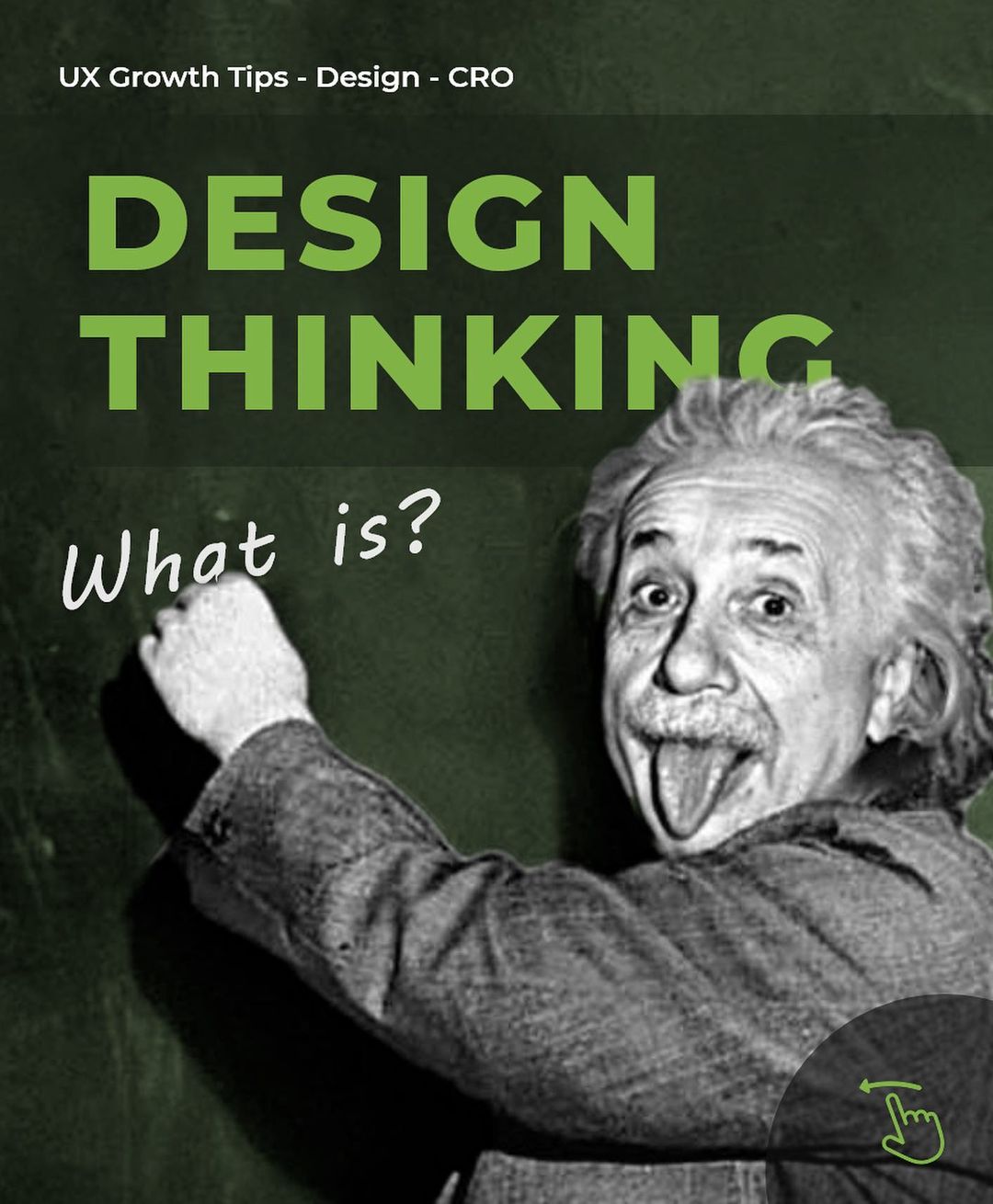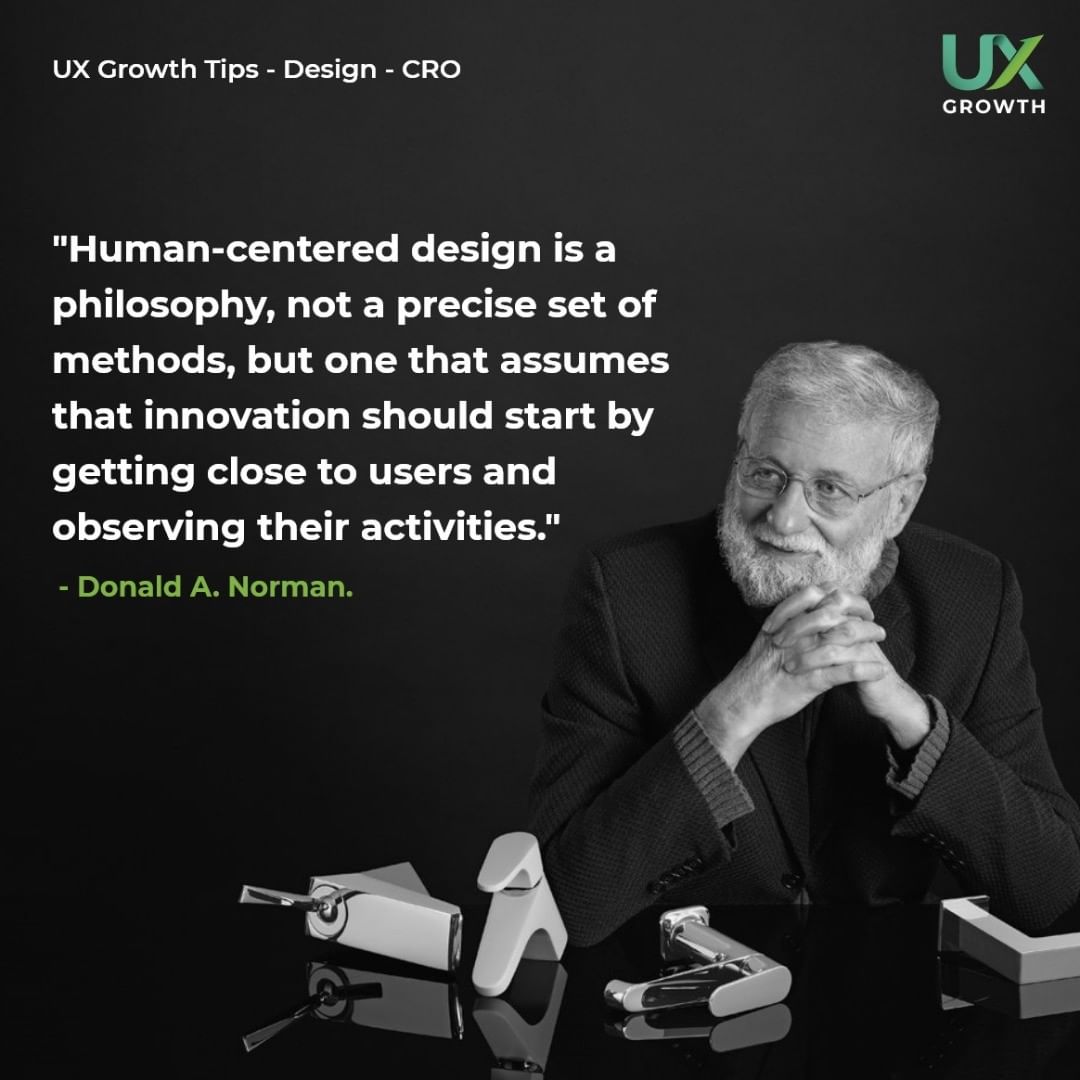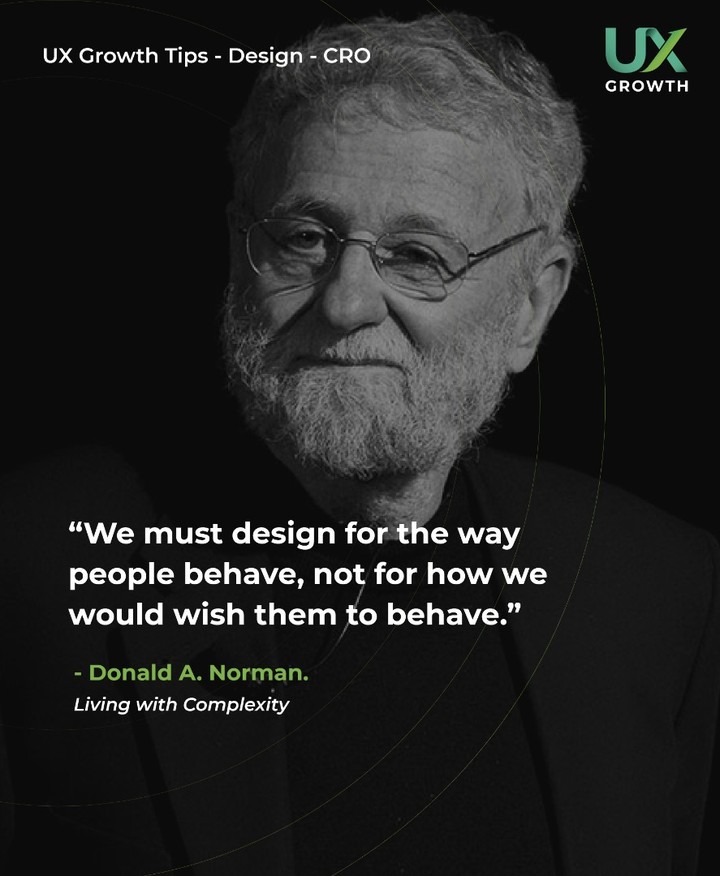Design Thinking vs Design Sprint
Design Thinking and Design Sprint are two valuable approaches in product development. Design Thinking focuses on understanding user needs and generating creative solutions, while Design Sprint is a structured 5-day process for rapid iterations. Both methods offer unique benefits and can be combined for optimal results in UX/UI design.
What is Design Thinking?
Design Thinking is a human-centered approach to problem-solving that emphasizes empathy and creativity. It involves understanding user needs deeply and creating innovative solutions to address those needs. The process of Design Thinking is characterized by iterative cycles of observation, ideation, prototyping, and testing.
Understanding Design Thinking Process
- Empathy: Putting oneself in the shoes of the user to understand their perspectives and needs.
- Define: Clearly defining the problem or challenge to be addressed.
- Ideate: Generating a wide range of possible solutions through brainstorming and creativity.
- Prototype: Creating low-fidelity prototypes to visualize and test ideas.
- Test: Gathering feedback from users to refine and improve the solutions.
Importance of Human-Centered Design
Human-Centered Design involves designing solutions with a deep understanding of users' behaviors, preferences, and needs. By prioritizing the user experience, products and services created through Design Thinking are more likely to meet user expectations and achieve success in the market.
What is a Design Sprint?
A Design Sprint is a structured process that condenses the design cycle into a five-day framework. It is a collaborative approach focused on quickly creating, prototyping, and testing solutions to complex problems.
Five-Day Structure of a Design Sprint
- Day 1: Understand - Define the challenge, explore user needs, and align on goals.
- Day 2: Diverge - Generate a wide range of ideas through individual brainstorming sessions.
- Day 3: Decide - Narrow down the ideas and choose the best solution to prototype.
- Day 4: Prototype - Create a high-fidelity prototype to test with users.
- Day 5: Test - Validate the prototype with real users through usability testing and feedback gathering.
Incorporating Lean Startup Methodology
The Design Sprint methodology incorporates principles from Lean Startup, emphasizing rapid prototyping and testing to validate assumptions early in the product development process. By iterating quickly and gathering user feedback, teams can make informed decisions and avoid wasting time on ideas that may not resonate with users.
Comparing Design Thinking and Design Sprint
When comparing Design Thinking and Design Sprint, it's important to understand their different approaches to problem solving.
Focus on Empathy and User-Centered Solutions
- Design Thinking puts a strong emphasis on empathy and understanding the needs of users.
- It encourages designers to walk in the shoes of the users to create solutions that truly resonate with them.
- By focusing on user-centered solutions, Design Thinking aims to ensure that products meet real user needs.
Iterative Nature for Continuous Improvement
- Design Thinking follows an iterative process, allowing for continuous improvement throughout the design phase.
- This approach enables designers to gather feedback, make adjustments, and refine their solutions based on user input.
- By iterating on ideas and incorporating feedback, Design Thinking helps create products that evolve to better meet user needs over time.
Advantages of Design Thinking
Design Thinking offers several advantages that contribute to the success of product development projects. By focusing on empathy and user-centered solutions, this approach ensures that the final product meets the needs and expectations of the target audience.
Focus on Empathy and User-Centered Solutions
- Empathy is a key component of Design Thinking, as it allows teams to deeply understand the users' perspectives, concerns, and challenges.
- By empathizing with users, design teams can create solutions that resonate with their needs and preferences, leading to increased user satisfaction and engagement.
- Design Thinking encourages a human-centered approach, placing the users at the core of the design process to create meaningful and impactful products.
Iterative Nature for Continuous Improvement
- Design Thinking promotes an iterative process where ideas are tested, refined, and iterated upon continuously based on user feedback.
- Through rapid prototyping and testing, design teams can identify potential issues early on and make necessary adjustments to improve the product.
- This iterative nature of Design Thinking fosters a culture of continuous improvement, allowing teams to refine their solutions until they meet the desired objectives.
Advantages of Design Sprint
Design Sprint offers unique advantages that contribute to its effectiveness in product development:
Focus on Rapid Execution and Quick Iterations
- Allows for rapid decision-making and progress
- Enables quick generation and testing of ideas
- Facilitates efficient iteration and refinement of solutions
Applicability in Agile Methodology
- Aligns well with the principles of Agile development
- Supports a flexible and adaptive approach to project execution
- Encourages cross-functional collaboration and teamwork
Implementing Design Thinking and Design Sprint Together
Combining Design Thinking and Design Sprint can be a powerful strategy in product development. By harnessing the strengths of both methods, it is possible to create high-value, user-centered solutions at different stages of the product lifecycle.
Harnessing the Strengths of Both Methods
- Design Thinking emphasizes empathy and user-centric solutions.
- Design Sprint focuses on rapid execution and quick iterations.
- By combining these approaches, teams can benefit from both empathetic understanding and fast-paced innovation.
Creating Value at Different Product Development Stages
- Design Thinking is ideal for the discovery phase, understanding user needs and generating creative ideas.
- Design Sprint is effective for iterating quickly on existing product features and accelerating the launch of new digital products.
- Utilizing both methods ensures a comprehensive approach from ideation to execution, leading to successful product outcomes.
Related Articles
- Exploring Design Thinking Methods for UX/UI Design
- Enhancing Product Development with Design Sprint Techniques
- The Role of Prototyping in Design Thinking and Design Sprint
- Case Studies: Applying Design Thinking and Design Sprint in Real Projects



